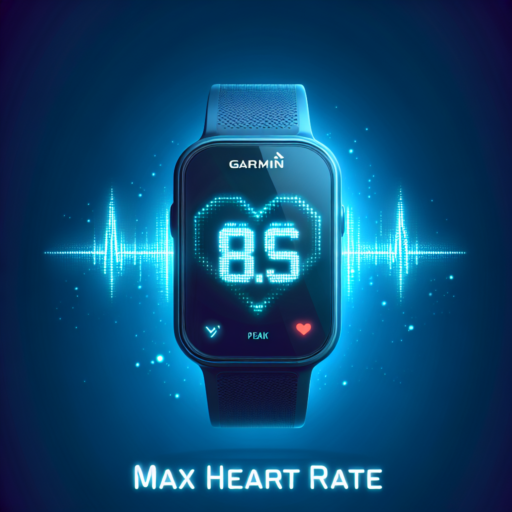What is the difference between HRM Pro and HRM-Pro Plus?
When it comes to advanced heart rate monitors (HRM), Garmin has set the bar high with its HRM Pro and HRM-Pro Plus models. Both devices are tailored for athletes and fitness enthusiasts looking for accurate heart rate data and advanced metrics. However, despite their similarities, there are key differences that set them apart.
The HRM Pro is renowned for its dual transmission functionality. It can send real-time heart rate data to compatible devices over ANT+ and Bluetooth connections. This versatility makes it an ideal choice for athletes who use multiple platforms for training. Additionally, the HRM Pro includes advanced running dynamics like vertical oscillation and ground contact time, which are invaluable for runners looking to fine-tune their technique.
On the other hand, the HRM-Pro Plus builds on the foundation of the HRM Pro by incorporating several enhanced features. One of the standout upgrades is its improved battery life, ensuring that athletes can train longer without worrying about recharging. Moreover, the HRM-Pro Plus offers greater storage capacity, allowing for more extensive data collection during workouts without a connected device. This feature is particularly beneficial for swimmers and triathletes who may not always have their watches on them in the water.
Both models stand out for their accuracy and variety of metrics, but the choice between the two boils down to the specific needs of the user. Whether it’s the extended battery life and storage of the HRM-Pro Plus or the proven performance and dual transmission of the HRM Pro, Garmin offers robust options for monitoring heart rate and training dynamics.
Can I use Garmin HRM Pro Plus without a watch?
Many fitness enthusiasts and athletes wonder whether the Garmin HRM Pro Plus can function independently of a watch. This question arises due to the device’s advanced features and its potential for standalone utility in tracking heart rate and other physiological metrics. The Garmin HRM Pro Plus is designed primarily to work in tandem with Garmin watches and devices, but its capabilities extend beyond this traditional pairing.
Bluetooth and ANT+ Connectivity
The key to the Garmin HRM Pro Plus’s versatility lies in its Bluetooth and ANT+ connectivity options. These features allow it to connect not just with Garmin watches, but also with smartphones, tablets, and even some fitness equipment. This means that users can still access their heart rate data and other measured metrics without having their Garmin watch on hand. It provides a level of flexibility for those who may prefer to use their smartphone or other devices to track their fitness activities.
Compatibility with Third-Party Apps
Beyond connecting to devices, the Garmin HRM Pro Plus boasts compatibility with various third-party fitness apps. This compatibility significantly widens the scope of its use without a Garmin watch. Users can record and monitor their heart rate, running dynamics, and other fitness data directly through these apps. The seamless integration ensures that regardless of your preferred fitness tracking platform, the Garmin HRM Pro Plus can likely complement it effectively.
How long does Garmin HRM Pro Plus last?
The longevity of the Garmin HRM Pro Plus is a crucial consideration for athletes and fitness enthusiasts who rely on accurate heart rate data to optimize their training sessions. Understanding the battery life and overall durability of this device can help users make an informed choice about incorporating it into their fitness regimen.
The Garmin HRM Pro Plus stands out for its impressive battery lifespan. Designed with user convenience in mind, it operates on a coin cell battery that can last up to 12 months, depending on use. This longevity is significant, especially when compared to other heart rate monitors on the market, offering users peace of mind and reducing the frequency of battery replacements.
Beyond the battery life, the overall durability of the Garmin HRM Pro Plus also contributes to its lasting power. Manufactured with high-quality materials, it is built to withstand rigorous training conditions. Whether you’re a swimmer braving chlorinated pools, a cyclist facing the elements, or a runner tackling rough trails, the device’s resilience ensures it remains a reliable training partner over time. However, as with any electronic device, its lifespan can be significantly impacted by usage patterns and care.
No se han encontrado productos.
Is Garmin HRM Pro Plus good for swimming?
When considering a heart rate monitor for swimming, the Garmin HRM Pro Plus often comes up as a top contender among athletes and fitness enthusiasts alike. This innovative device is specifically designed to perform in both land and water environments, making it an exceptional choice for swimmers seeking to monitor their heart rate accurately while immersed.
The design of the Garmin HRM Pro Plus is tailored to withstand the pressure and unique challenges of aquatic environments. It features a non-slip strap that ensures the device stays in place during vigorous swimming sessions, and it’s constructed with materials that resist the corrosive effects of chlorine and salt water. This durability aspect is crucial for swimmers who spend considerable time in the water and need a reliable piece of technology to track their performance.
Moreover, the advanced technology embedded within the Garmin HRM Pro Plus supports enhanced connectivity and data accuracy. Swimmers can benefit from its real-time data transmission to compatible Garmin watches, enabling detailed heart rate monitoring and analysis. This feature allows for precise tracking of heart rate zones, pace, and overall efficiency in the water, providing valuable insights that can help swimmers optimize their training and recovery.




